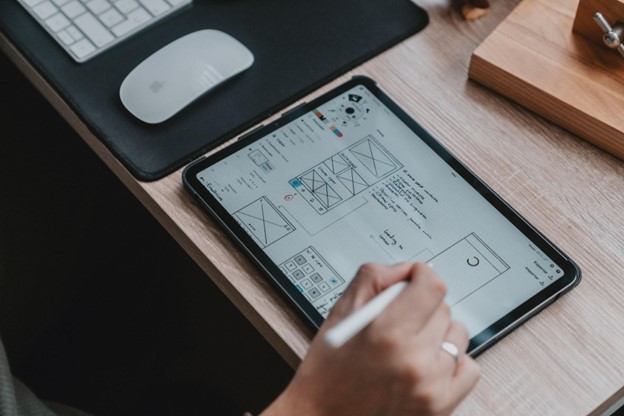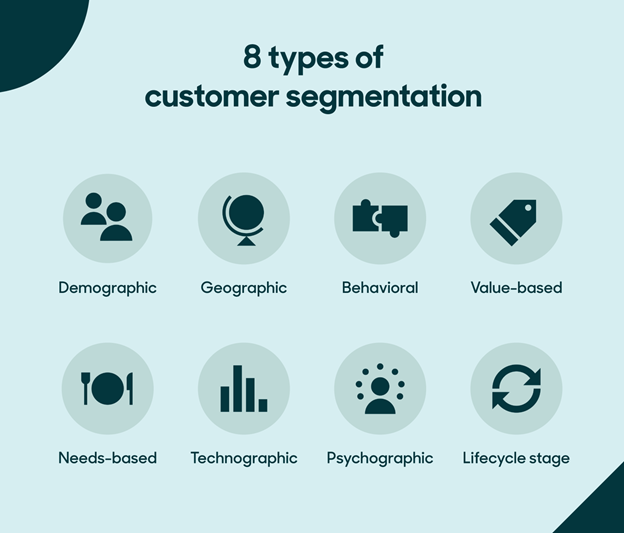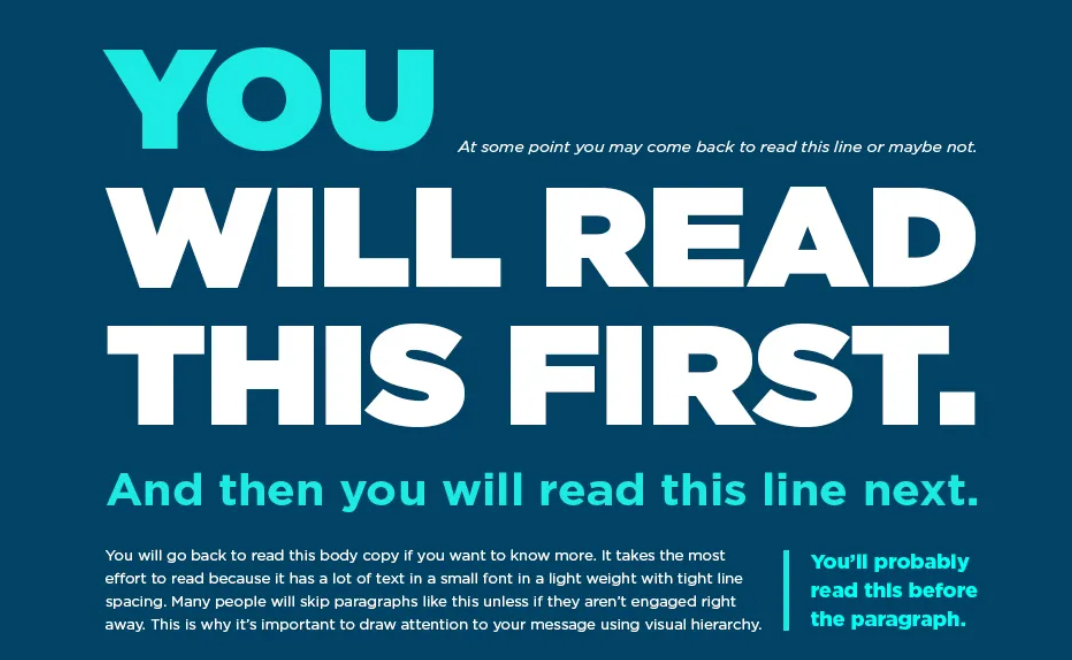Do you ever wonder how websites and apps seem to know exactly what you want? The truth is, this is in large part due to AI in UX design.
There’s no question that AI has fundamentally changed how companies across all industries operate. According to Forbes, the AI industry is expected to hit $407 billion by 2027! For more context, research shows that around 73% of online businesses in the U.S. are already using AI in some way.
And it’s no wonder why. AI saves marketers about 2.5 hours a day – that’s 25 whole days a year!
But if you want to get the most from AI, you need to start thinking about how you can use it in UX research. With the right knowledge and resources, you can continuously streamline your design process, which will ultimately lead to more engagement, clicks, and, most importantly, sales.
Today, we are going to show you how AI is improving UX research and design and how you can use it to your advantage.
Let’s get started!
How AI Enhances UX Research and the Design Process
Let’s start by exploring a few key benefits of adding AI to your existing design process.
- Speed Things Up – AI tools can crunch data faster than any human. With the right tool, you can quickly and accurately gather actionable data about your target audience and campaigns.
- Make Smarter Choices – Instead of guessing or “going with your gut,” you can use hard data to make decisions that line up with your visitors’ needs, goals, and pain points.
- Get Personal – People love it when things feel made just for them. In fact, 80% of people prefer to engage with brands that personalize content and offers. Since you now know what your visitors like, it’s easy to understand how AI can help you build rapport and get to know your audience.
- Include Everyone – AI can spot accessibility issues that humans might miss. Automated accessibility checks ensure that designs are inclusive, which will broaden your audience and improve user experiences for all.
- Save Money – By reducing the need for extensive manual testing and analysis, AI helps businesses optimize their UX research budget and allocate resources more effectively.
7 Practical AI Applications in User Testing and Research
Now that you know a little more about the benefits, let’s talk about some of the specific, practical applications for AI in both user testing and research.
1. AI-Driven User Testing and Analytics
Automated user behavior analysis makes it easier to see how your audience interacts with your product. AI can track and analyze every click, scroll, and hover, things that would take humans much longer to uncover. Since all of this information is at your fingertips in minutes, you can quickly identify patterns and take action.
It can handle a whole lot of data at once, which makes large-scale user testing more manageable than ever before. Traditional user testing often limits the number of participants due to logistical constraints. But with AI, you can test with thousands or even millions of users, which means your data will be statistically significant and reliable.
By finding subtle trends and anomalies in the big picture, AI helps you understand user behavior and needs better, which means you can make data-driven decisions that improve user satisfaction and overall experience.
2. Intelligent A/B Testing
A/B testing is a proven way to see which version of a web page or app performs better based on a number of different metrics. This strategy is also called split-testing, and it’s been around since long before AI.
But there’s no question that machine learning makes this process even better by optimizing it in new and exciting ways. For example, AI algorithms are very good at analyzing different versions of a landing page or offer, which will help you find the best ways to connect with your audience.
Predictive analytics is another element of A/B testing that you should know about. By using historical data and learned patterns, AI can predict which version will perform better even before the testing is complete. This means faster decision-making and better version implementation, so you waste less time and resources on testing.
Ultimately, AB testing helps you deliver the best possible experience based on data, not guesswork or intuition. AI can make it even better.
3. AI-Assisted Prototyping
Brainstorming for new designs is important but time-consuming. Instead of spending hours at meetings, you can use AI to speed up this process.
Basically, you can ‘feed’ your program different designs and campaigns that worked well in the past. The AI-powered software can look through this information and pull out key elements that it can then use to build new campaigns.
Doing this can help you generate a library of great-looking templates and concepts that you can discuss with your design team. Much like traditional brainstorming, not every idea will be a winner. But there’s no question that you’ll save a significant chunk of time by using AI to come up with a pool of ideas.
Rapid iteration on an existing campaign is also possible with AI-driven prototyping, which actually leads back to A/B testing. Instead of spending weeks or months on one prototype, AI tools can generate multiple versions in minutes that you can experiment with on your site or social media.
Trying out different concepts is important for creative growth, and AI makes it possible to experiment more. By making it easy to test and discard many ideas, AI creates an environment where prototype testing can flourish.
4. Automated Accessibility Compliance
Making your product accessible to all users is not only the right thing to do, but it also dramatically expands your audience.
AI-driven accessibility checks can automatically scan your design for issues that will hinder users with disabilities. For example, there are tests to determine if a site is color-blind friendly, with different versions for each type of colorblindness. In my experience, this proactive approach helps you identify and fix problems early in the design process.
There’s no doubt that AI can check for accessibility issues faster and more accurately than manual testing. Since AI is working on this part of your site, the design team can focus on other important parts of the user experience while knowing accessibility is being taken care of.
Using AI for periodic checks makes sure no one is left out. It promotes a welcoming design approach so all users, regardless of ability, can have a good experience with your product. This not only increases user satisfaction but also your brand’s reputation for inclusivity.
5. Personalized User Experiences
Did you know that 74% of shoppers say they’ve felt frustrated by a shopping experience because the content didn’t match their interests? This is exactly why personalization is the key to user engagement. People are more likely to take action on your site if you show them things that are relevant to their interests.
AI can supercharge this concept by automatically adapting content and promotions to each user’s preferences. It can do this by analyzing user behavior, determining what content users will find most interesting based on their actions, and tailoring the experience accordingly. This will create a more engaging experience for every single person who lands on your site.
Cool, right?
AI-driven personalization at scale is especially useful for growing businesses. As your user base grows, it admittedly gets hard to add a personal touch to everything you do. AI is able to process huge amounts of data, which means it can hone in and deliver personalized experiences to millions of users without compromising on quality.
The bottom line is people will engage with content that feels tailored to them, which means a big boost in retention and satisfaction. When you add AI to the mix, it creates a win-win situation for you and your customers.
6. Predictive UX Modeling
Knowing what users want and need is a powerful way to improve the user experience. With the right data, AI can predict what someone might want or do next by looking at past behavior and trends. This foresight will help you design interfaces and interactions that are more intuitive and meet each customer’s expectations.
For example, a streaming service like Max will show each person shows and movies they might like based on their watch history.
In the old days, you’d have to wait weeks, sometimes months, and read through tons of user feedback before you could make actionable changes to your campaigns. With AI, you can make these changes essentially in real time based on how people are engaging with your content or offers.
In Max’s case, they change the suggestions every time someone finishes an episode or movie:
By knowing what they need before they even realize they have a problem, you can offer solutions that add value to their lives. This proactive approach builds loyalty as users feel understood and valued by your brand.
7. AI-Enhanced Design Systems
Consistency is a massive part of creating a positive user experience. People want to feel comfortable with a brand, whether they’re browsing their blog or buying their products.
AI can help with this by generating style guides across your entire brand, including products, landing pages, and social media profiles. As a result, all the different parts of your product will have an original look and feel that your customers will recognize.
In this instance, AI will save you a lot of time. Instead of manually checking each component, like color hex codes, against the style guide, AI can do this for you. This reduces the chances of inconsistencies and makes sure every part of the product aligns with your brand.
Final Thoughts: The Human Touch in an AI World
It’s more clear than ever before that AI is having a huge impact on UX research and design. It’s making things faster, smarter, and more personal.
One of the misconceptions I see around this topic is that it’s meant to replace humans. The truth is, that tools like this actually give designers and researchers better tools to do their job.
The best UX still comes from a mix of AI smarts and human creativity. AI can crunch the numbers and spot patterns, but it takes human insight to turn those insights into experiences that truly connect with users.If you’re ready to bring AI design and research tools to your business, there’s no time like right now to start. Artificial intelligence is getting more helpful every day, so why not take advantage of this remarkable and effective tool today?
- 7 Tips to Write User Experience Questions - March 17, 2025
- User Journey vs. User Flow: Differences and Their Importance for UX - February 4, 2025
- Graphic Design to UX Design: An Ultimate Guide to Transitioning - December 30, 2024
![]() Give feedback about this article
Give feedback about this article
Were sorry to hear about that, give us a chance to improve.
Error: Contact form not found.




